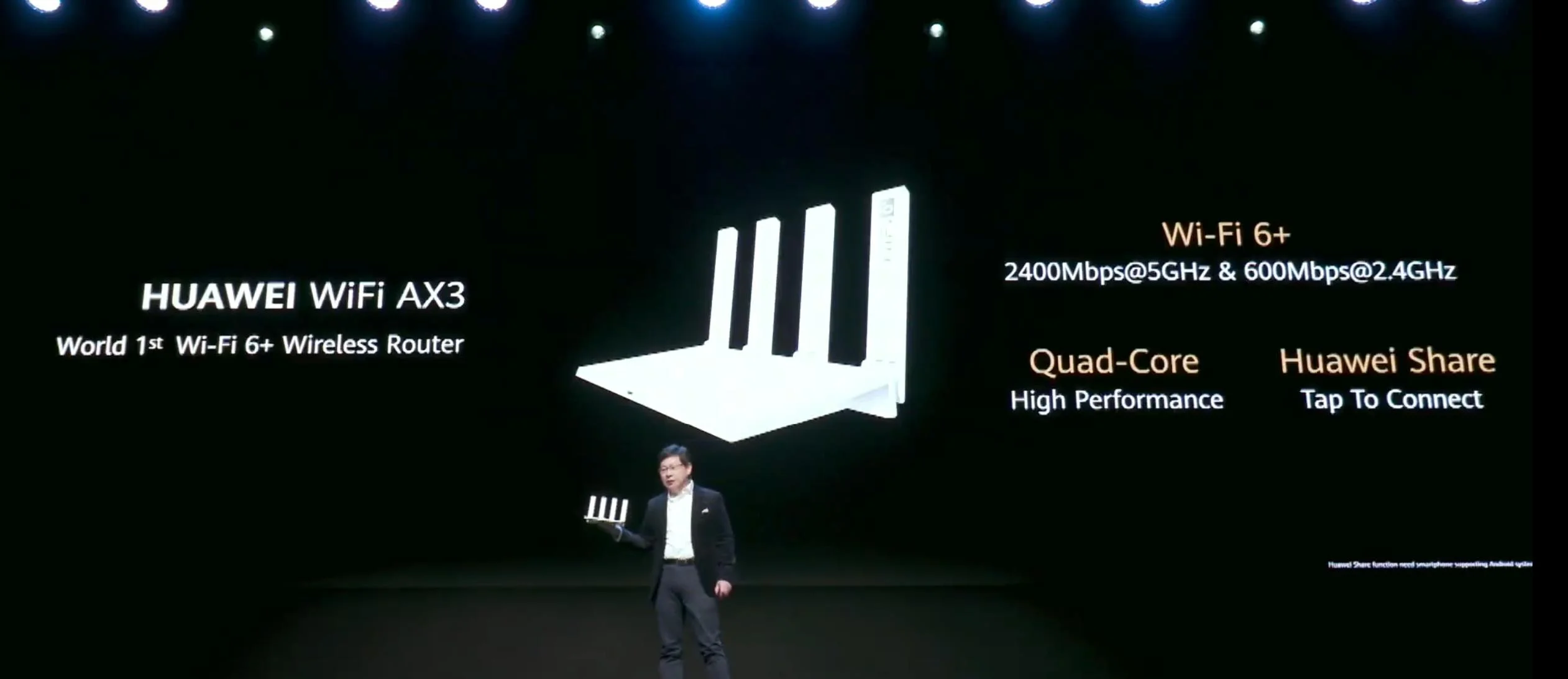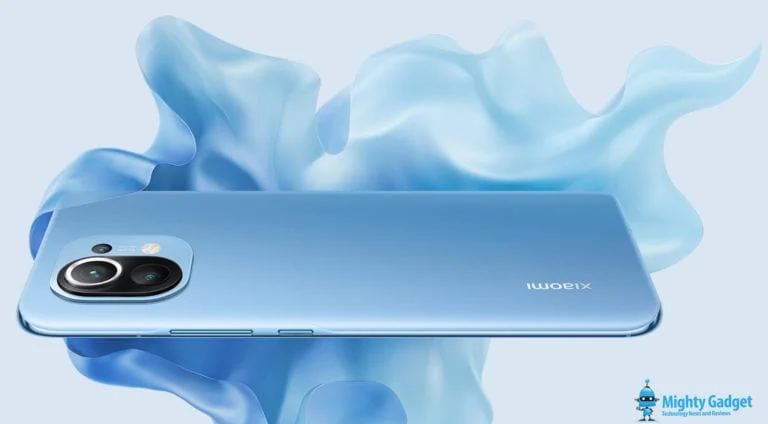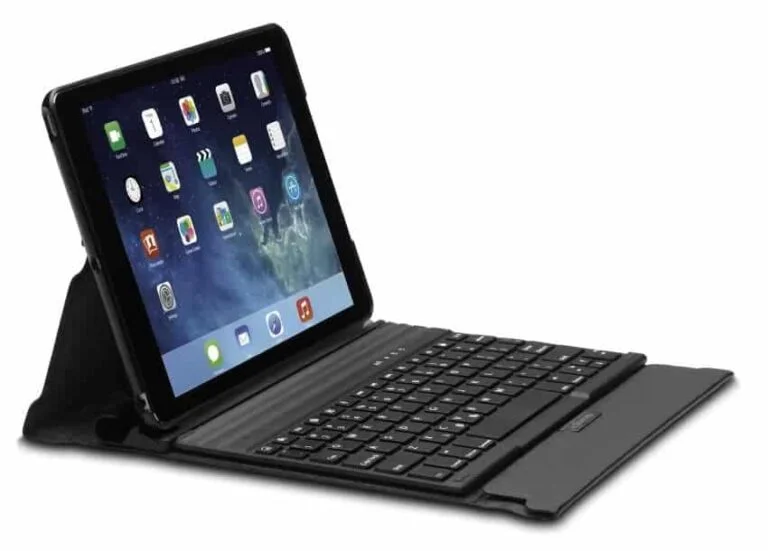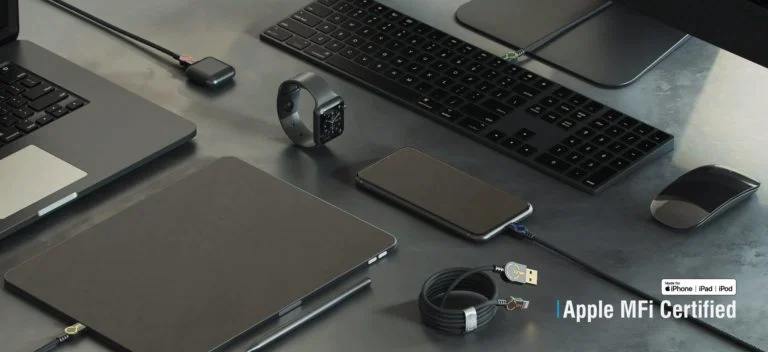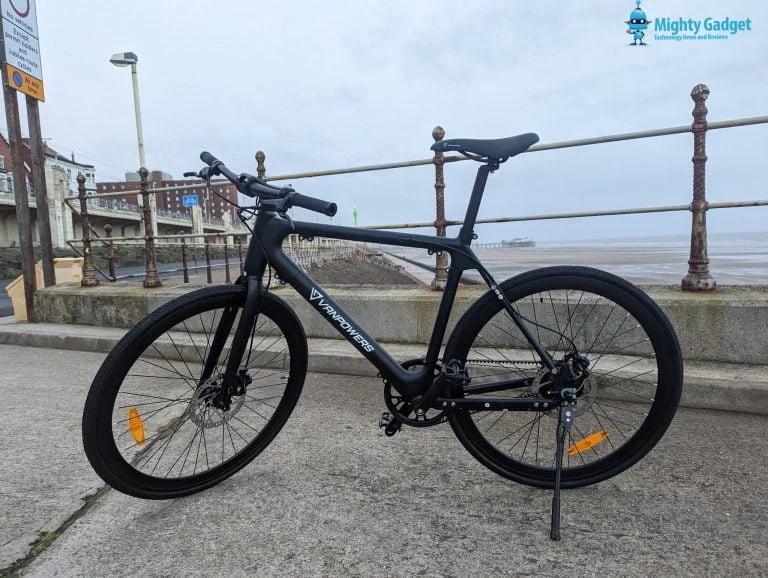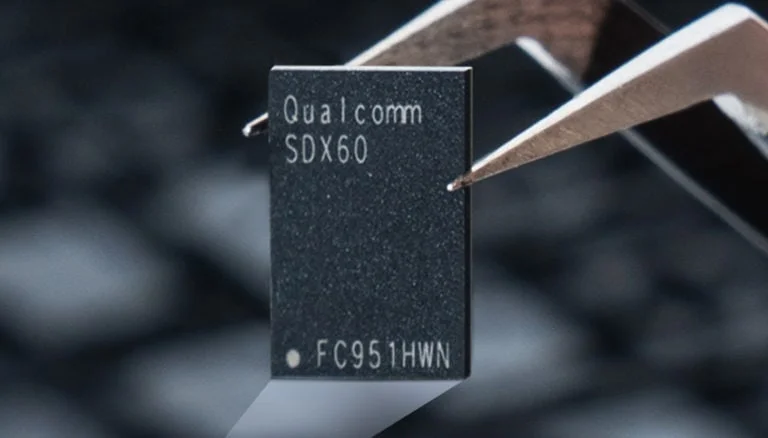Any links to online stores should be assumed to be affiliates. The company or PR agency provides all or most review samples. They have no control over my content, and I provide my honest opinion.
Huawei has just released its latest products at a press conference in Barcelona. Due to the cancellation of MWC, the launch was technically virtual with most people, including myself streaming it.
We saw plenty of exciting tech including the latest Huawei Mate Xs, new laptops, and a new premium tablet.
Part of the launch included the release of a new WiFi AX3 router, which introduces a new Wi-Fi 6+ technology.
During the launch, Huawei made a lot of claims about how this was super fast and the router is the most powerful Wi-Fi 6 router in the world. However, it wasn’t really made clear how Wi-Fi 6+ is actually better than Wi-Fi 6 or what makes the router the most powerful router in the world?
You would think from these claims that the Huawei WiFi AX3 is somehow faster than anything else on the market, but this is not strictly the case.
Huawei claims that on 160Hz the router can achieve 2400mbps.
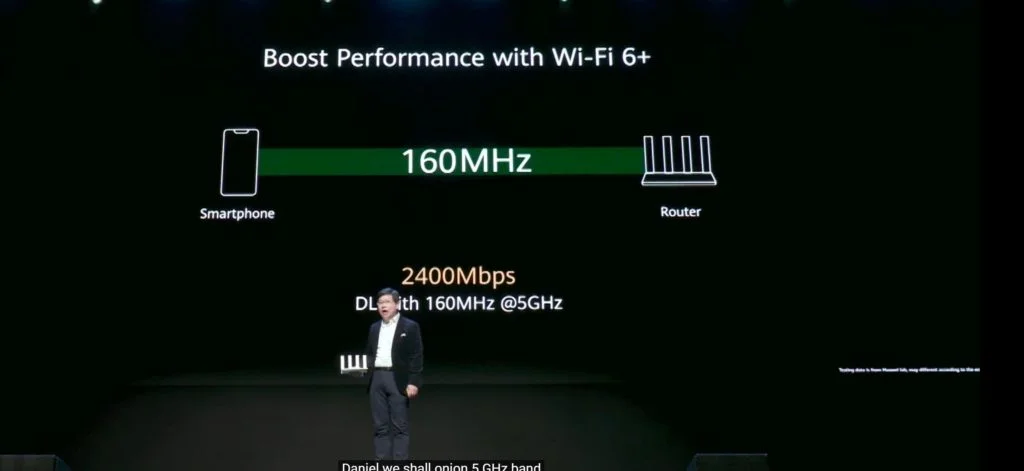
Looking at the exact specification on their website the router has:
- 802.11ax/ac/n/a 2 x 2 & 802.11ax/n/b/g 2 x 2, MU-MIMO
- Wireless speed is up to 2976 Mbps (2.4 GHz: 574 Mbps; 5 GHz: 2402 Mbps)
It also only had gigabit ethernet.
Nothing about this specification makes Wi-Fi 6+ any better than Wi-Fi 6.
In my recent reviews of the TP-Link Archer AX11000 and the Netgear RAX120, both these routers have a theoretical maximum speed of 4800mbp.
The official specification from TP-Link states:
- 5 GHz: 4804 Mbps (802.11ax)
- 5 GHz: 4804 Mbps (802.11ax)
- 2.4 GHz: 1148 Mbps (802.11ax)
So that’s two sperate 5Ghz bands that can do 4804 Mbps.
In reality, there are no devices that can connect at 4804 Mbps as this would require a device with a 4×4 stream radio, currently the Intel AX200 only has 2×2 limiting its connection to 2402 Mbps the same as the maximum speed of the Huawei WiFi AX3.
Furthermore, these devices require you to use 160Mhz, and the 5Ghz Wi-Fi spectrum is quite limited, so at 160Mhz one channel is taken double the normal width if there is significant interference you won’t be able to connect at the full speed. It could be that the Huawei router magically negotiates this problem better than competing brands and this is why it is technically faster, but in reality, it is quite difficult getting your router to work consistently at 160Mhz. I live a few miles from an airport so it is probably harder for me than others.
Also, because the Huawei WiFi AX3 only has gigabit ports, your speed will always be limited to gigabit, unlike the handful of high-end Wi-Fi 6 routers with multi-gig ports which have allowed me to achieve transfer speeds over 1500Mbps.

I have not used the Mate 30, so I can’t comment about how well it handles 160MHz, but the claims Huawei made in this regard appear to be accurate, and a phone connecting at 80Mhz will have a slower connection than 160Mhz
I am James, a UK-based tech enthusiast and the Editor and Owner of Mighty Gadget, which I’ve proudly run since 2007. Passionate about all things technology, my expertise spans from computers and networking to mobile, wearables, and smart home devices.
As a fitness fanatic who loves running and cycling, I also have a keen interest in fitness-related technology, and I take every opportunity to cover this niche on my blog. My diverse interests allow me to bring a unique perspective to tech blogging, merging lifestyle, fitness, and the latest tech trends.
In my academic pursuits, I earned a BSc in Information Systems Design from UCLAN, before advancing my learning with a Master’s Degree in Computing. This advanced study also included Cisco CCNA accreditation, further demonstrating my commitment to understanding and staying ahead of the technology curve.
I’m proud to share that Vuelio has consistently ranked Mighty Gadget as one of the top technology blogs in the UK. With my dedication to technology and drive to share my insights, I aim to continue providing my readers with engaging and informative content.

